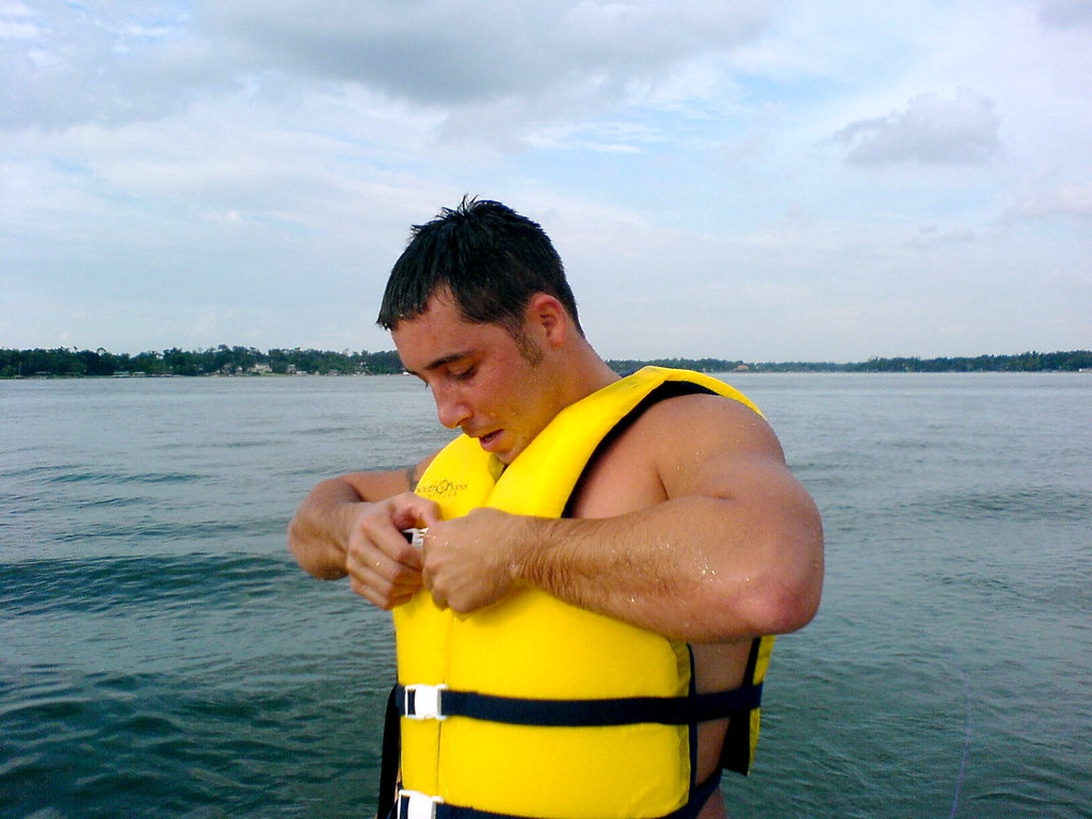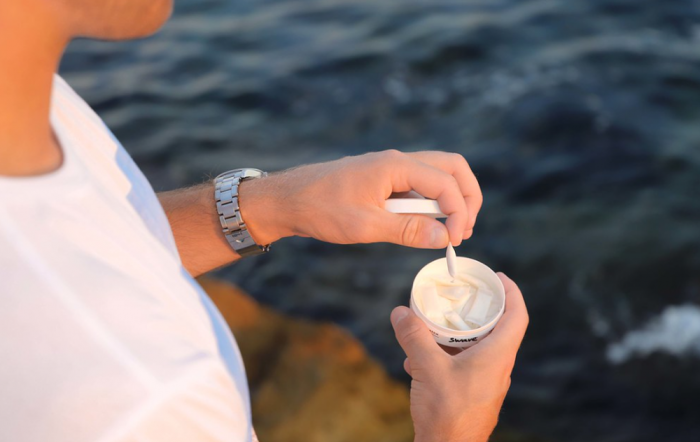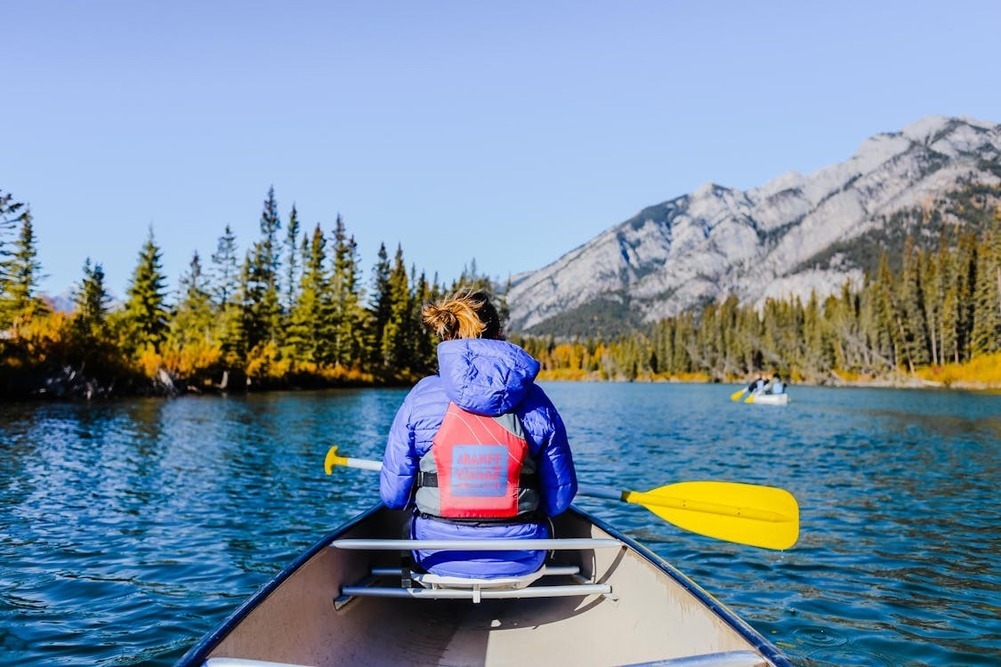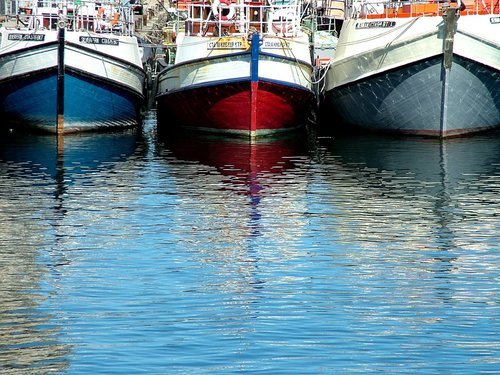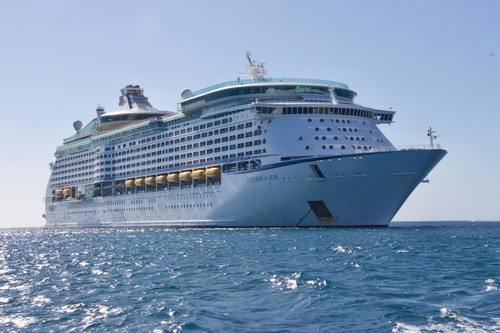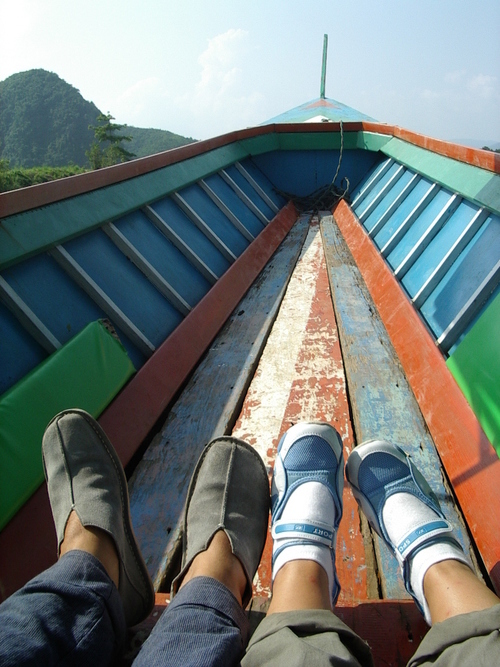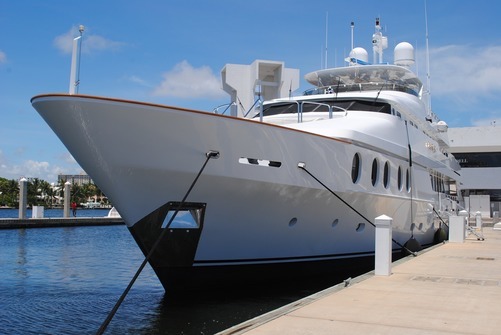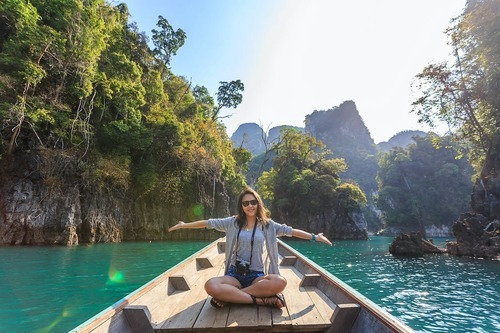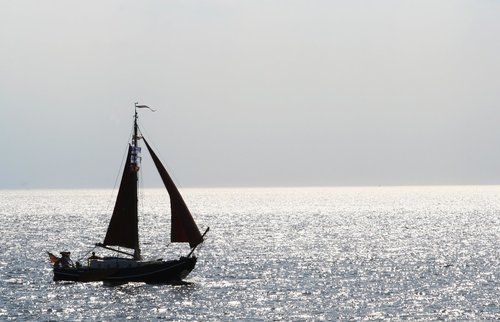Stepping aboard your boat opens up a world of freedom and adventure, doesn’t it? But with that freedom comes a serious responsibility – the safety of everyone on board. As a boat owner, ensuring you’re properly equipped isn’t just about ticking boxes; it’s about being prepared for the unexpected twists the water can throw at you. While specific legal requirements can vary significantly depending on your boat’s size, type, and where you plan to roam – from sheltered inland waters to the open sea – there’s one piece of gear that’s almost universally mandatory: a suitable Personal Flotation Device (PFD) for every single person on board. Beyond that fundamental rule, the list expands based on regulations and good sense. Think of this gear as your onboard lifeline, covering personal safety, vessel security, signalling, communication, fire prevention, and more – all ready to make a critical difference when seconds count.
personal safety equipment protecting your crew
Nothing is more important than the well-being of those on board. This section focuses on the gear designed specifically to keep people safe, starting with the absolute cornerstone of marine safety.
personal flotation devices (pfds) your first line of defense
Let’s talk about the most crucial kit: Personal Flotation Devices, or PFDs. Sadly, statistics consistently show that drowning is a major cause of boating fatalities, often because victims weren’t wearing a PFD. That’s why having enough approved PFDs for every single person on your vessel isn’t just smart, it’s mandated by law almost everywhere. This includes folks being towed on skis or tubes, and often those on kayaks, canoes, and paddleboards when outside designated swimming or surf zones, as regulations like those from the Virginia DWR make clear. You’ll need PFDs that are approved by the relevant authority (like the U.S. Coast Guard or equivalent national body), in good condition (no rips, tears, or degraded material), and correctly sized for each individual – check the label! A poorly fitting jacket can be almost as bad as no jacket at all, especially for children; look for ones with crotch straps for the little ones to prevent them slipping out. Critically, PFDs must be readily accessible, not buried in a locker under piles of gear. For boats over a certain size (often around 16 feet/4.9 metres, though specifics vary by region), you’ll also typically need at least one throwable flotation device (like a Type IV ring buoy or cushion) ready to toss to someone in the water, a requirement detailed in resources like the NJ State Police Marine Services Bureau checklist.
understanding pfd types buoyancy aids vs life jackets
PFDs aren’t all the same. They generally fall into two broad categories: buoyancy aids (often corresponding to US Type III or international Level 50/50N) and life jackets (US Type I/II or Level 100/150/150N and higher). Buoyancy aids are typically more comfortable for continuous wear during activities like dinghy sailing or watersports in calmer, inshore waters, but they usually require the wearer to be conscious to keep their head above water. Life jackets offer greater buoyancy and are designed with the aim of turning an unconscious wearer face-up in the water, making them essential for offshore conditions or when rescue might be delayed. The higher the Level or Type number, generally the more buoyancy and turning ability it provides. Always check local regulations, as specific types may be required depending on the boat, location, and activity. For example, laws like those in New Jersey often mandate that children under 13 must *wear* an appropriate PFD on moving boats unless inside a closed cabin.
inflatable pfds comfort and considerations
Inflatable PFDs are incredibly popular due to their low profile and comfort, making people more likely to wear them. They are generally approved for adults (often 16 years and older) but remember, they often only count towards the legal requirement *if worn* (check your local rules!). Maintaining inflatables is vital: regularly check the gas cylinder is full and correctly installed, ensure the automatic inflation mechanism (if fitted) shows it’s armed (usually a green indicator), and periodically inflate it manually using the oral tube to check for leaks. Always check the manufacturer’s label for restrictions, as some aren’t suitable for high-impact activities like waterskiing or PWC use. As Virginia DWR notes, they must have a functional inflation mechanism and be airtight.
vessel safety and security keeping your boat safe
Beyond personal gear, keeping the boat itself secure, afloat, and free from hazards like fire is crucial. This involves managing water, staying put when needed, and preventing fires.
managing water onboard bilge pumps and bailers
Keeping unwanted water out of your boat is fundamental. Even small amounts sloshing around can affect stability, and larger quantities obviously pose a serious threat. Most boats, especially those with enclosed bilge spaces or multiple compartments below deck, are required to have a bilge pump system. This could be manual or electric, capable of removing water effectively from bilge sections – if you have multiple compartments, ensure you can pump each one out, as Marine Safety SA advises. Always ensure the pump intake is clear of debris – a simple filter or strainer is crucial. Alongside pumps, a sturdy bailer or bucket with a lanyard attached is an essential backup, required on many smaller vessels and highly recommended for all. A simple bucket can be surprisingly effective for shifting water quickly, and as highlighted in AMSA’s safety checklist, it can double as a fire bucket. Don’t underestimate its value; in heavy weather, a bucket can even serve as a makeshift sea anchor (drogue) to help slow your drift, a point also noted in NSW Government safety guidelines.
the anchor more than just for parking
Your anchor is far more than just a tool for stopping for lunch; it’s critical safety gear. If your engine fails, especially near shore, in strong winds, or currents, deploying your anchor quickly can prevent drifting into danger – onto rocks, into shipping lanes, or onto a lee shore. Having the right type and size of anchor for your boat and the typical seabed (like a fluke/Danforth for sand/mud, or a plough/Bruce/Delta for mixed bottoms) is key. Just as important is having enough anchor rode – the combination of chain and rope. A common rule of thumb is a minimum scope (ratio of rode length to water depth) of 5:1, increasing to 7:1 or more in rougher conditions. A good length of chain (say, 6-10 metres) at the anchor end helps it dig in effectively and reduces chafe on the rope. As resources like Discover Boating emphasize, it’s vital for holding your ground when things go wrong.
fighting fires fire extinguishers
Fire is a terrifying prospect on any boat. Fuel, electrical systems, and cooking appliances all present risks. Carrying approved marine fire extinguishers is mandatory for most powered vessels and highly recommended for all. The number and type (commonly classified B-I or B-II for flammable liquid fires) depend on your boat’s length and features. Even smaller boats under 26 feet often require an extinguisher if they have inboard engines, permanently installed fuel tanks, closed compartments where fuel could be stored, or enclosed living spaces, as outlined by Ace Boater. Ensure extinguishers are marine-approved (check for USCG approval or equivalent), readily accessible, fully charged (check the gauge!), and within their service date (often 12 years from manufacture, check the label). Everyone aboard should know their location and how to operate them using the PASS method: Pull the pin, Aim at the base of the fire, Squeeze the handle, Sweep side to side. Specific size requirements, sometimes based on the amount of flammable liquid carried, can be found in resources like Marine Safety SA guidelines.
preventing fuel vapour hazards
For boats with petrol engines (except outboards), preventing explosive fuel vapour build-up is critical. Regulations generally require adequate ventilation for engine and fuel tank compartments, typically involving intake and exhaust ducts. Boats built after certain dates (e.g., August 1980 in the US) with enclosed petrol engine compartments usually also need powered exhaust blowers. Always run your blower for several minutes before starting the engine! Additionally, inboard petrol engines installed after 1940 generally must have an approved backfire flame arrestor on each carburettor to prevent engine backfires igniting fumes, as specified in resources like the Ace Boater safety equipment guide.
communication and signalling being seen heard and found
Whether avoiding collisions, navigating in poor visibility, or calling for help, effective communication and signalling are vital at sea.
making noise sound signals
Being able to attract attention with sound is vital, whether in distress or simply signalling your intentions or presence, especially in fog. Regulations typically require boats to carry some form of sound-producing device. For smaller boats, this might be a simple whistle or an air horn (gas-powered or manual). Larger vessels (often over 12 metres/39 feet) usually need both a whistle/horn *and* a bell. The key is that the signal must be audible enough for the conditions – typically for at least half a nautical mile. Don’t rely on shouting; a proper signalling device carries much further and is universally recognised, a requirement noted by multiple authorities including Ace Boater.
being seen visual distress signals (vds)
Visual Distress Signals (VDS) are equally critical for attracting attention, particularly over longer distances or when sound might not carry. Requirements vary significantly based on location (coastal vs. inland), boat size, and time of day. Common VDS include pyrotechnic flares (handheld red for day/night, parachute for long-distance night signalling, orange smoke for daytime), flags (like the orange distress flag), and approved electric distress lights (strobes or EVDS). For coastal waters, you’ll generally need signals suitable for both day and night use. Remember pyrotechnic flares have expiry dates and must be replaced. Handling and storage require care – keep them dry and accessible. Responsible disposal is also crucial; UK government guidance highlights that dumping expired flares is illegal and dangerous. Look for official disposal schemes via chandlers, marinas or local authorities. Increasingly, electronic visual distress signals (EVDS) are becoming accepted alternatives or supplements, offering longer operating times and easier handling, as PBO highlights. Some regions, like NSW, Australia, also mandate carrying a V-sheet (a large fluorescent orange sheet with a black ‘V’) for signalling aircraft when operating offshore.
essential navigation lights
Don’t forget your navigation lights! If you plan to be out between sunset and sunrise, or during restricted visibility (fog, heavy rain), having the correct, functioning navigation lights is mandatory. These lights (typically masthead, side, stern, or all-round white lights depending on boat type and size) allow others to see you and determine your status and direction. Check your bulbs or LEDs regularly and ensure lenses are clean. Requirements are specific based on vessel length and type, so consult applicable regulations, like those detailed by the New Jersey State Police Marine Services Bureau.
staying connected vhf radio
While mobile phones are useful backups, they shouldn’t be your primary emergency communication at sea due to potential signal gaps. A VHF (Very High Frequency) marine radio is the standard. A fixed-mount DSC (Digital Selective Calling) VHF is ideal; the DSC function is a crucial safety feature, sending an automated digital distress alert, including your position if linked to a GPS, to the Coast Guard and nearby DSC-equipped vessels with one button push. A handheld VHF is incredibly useful as a backup or for taking in a tender or liferaft. Remember, in many countries, you need a license to operate a fixed DSC VHF. Keep your radio tuned to Channel 16 (the primary distress, urgency, and safety channel) or the relevant local channel. Having at least two waterproof ways to communicate is often recommended, per advice from Coastguard New Zealand.
your satellite lifeline epirbs and plbs
For offshore passages or trips far from shore (often defined as beyond 2-3 nautical miles), carrying an Emergency Position Indicating Radio Beacon (EPIRB) or a Personal Locator Beacon (PLB) becomes essential, and often mandatory. An EPIRB is registered to the vessel and, when activated, transmits a powerful distress signal via satellite directly to rescue coordination centres, pinpointing your location globally. A PLB works similarly using the same satellite system but is smaller, registered to an individual, and designed to be carried on your person – invaluable if separated from the boat (Man Overboard) or for activities like kayaking or hiking. Both types require registration with the relevant national authority (like AMSA in Australia or NOAA in the US) so rescuers know who you are and essential details about your vessel or trip. Ensure batteries are in date and the unit is readily accessible, perhaps in a dedicated ‘grab bag’, a concept Yachting Monthly discusses.
beyond the basics enhancing your preparedness
While the items above cover many legal requirements and core essentials, a truly prepared skipper thinks beyond the minimum. Consider adding these to your inventory and integrating safety checks into your routine.
essential extras for preparedness
A well-stocked first aid kit, tailored to your trip length and remoteness, is crucial. Include basics plus items for marine issues like seasickness or jellyfish stings. A basic toolkit can prevent minor mechanical issues from escalating. A good knife is indispensable for cutting lines or other emergencies. Always carry a reliable, waterproof torch (floating model preferred) with spare batteries – essential for night operations or signalling. Depending on your boat, paddles or oars (often required for smaller boats without backup propulsion), spare fuel (stored safely!), and navigation tools like a compass and paper charts (backup for electronics) are wise additions. Consider a ‘grab bag’ – a waterproof bag with essential survival items (EPIRB/PLB, handheld VHF, torch, first aid basics, knife, water, snacks) ready to go if abandoning ship. Larger vessels may also need specific placards displayed regarding oil discharge or waste disposal, as noted by the NJ State Police Marine Services Bureau. Having freshwater onboard, sometimes mandated at 2 litres per person for open water trips as per NSW Government guidelines, is also vital.
proactive safety checks briefings and planning
Having the right gear is only half the battle; it needs to work, and everyone needs to know how to use it. Make safety a proactive habit. Make regular checks routine: inspect PFDs, check fire extinguisher gauges/dates, test lights and electronics, check flare expiry, ensure batteries are fresh. Before each trip, use a pre-departure checklist, like those suggested by Boat Ed. Crucially, brief your passengers – even casual guests. Don’t assume they know anything about boats. A simple briefing should include: ‘Show guests where PFDs are stored and how to put one on correctly. Point out the location of fire extinguishers and flares. Briefly explain how to use the VHF radio to call for help on Channel 16 in an emergency.’ Always check the marine weather forecast before leaving and understand the conditions. Know the waters you’ll be navigating – protected, semi-protected, or open/unprotected waters, as defined by authorities like Marine Safety SA, often have different equipment rules. Filing a float plan or trip report with someone ashore (detailing your route and ETA) is a simple but potentially life-saving habit, often facilitated by apps like the RYA SafeTrx mentioned by PBO. Remember, authorities like the Texas Parks & Wildlife Department have the right to inspect your vessel for required safety equipment.

